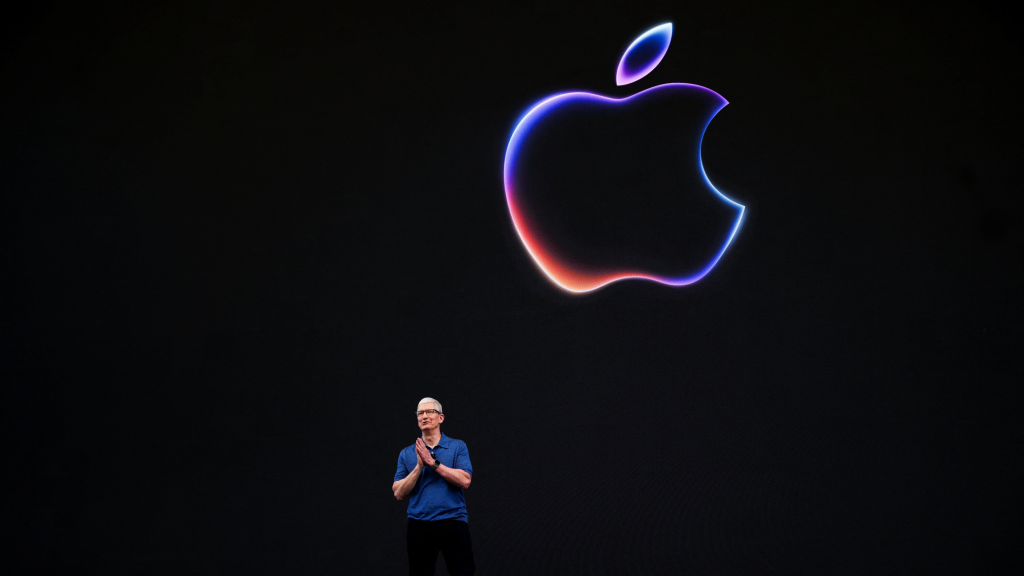Apple Inc. (AAPL, Financials) attracted market interest when KeyBanc Capital Markets offered fresh analysis from recent data including Black Friday buying patterns and a November iPhone carrier survey.
KeyBanc researchers saw some modest gains, but they also pointed out possible difficulties for the IT behemoth.
Analysts John Vinh and Brandon Nispel said that, following usual seasonal trends, Apple 16 sales in November somewhat outperformed estimates. Especially, demand for the Apple 16 Pro and Pro Max was strong while the lower versions kept underperformance. Reflecting good stock conditions, inventory levels somewhat rose but stayed below previous-year levels.
Following the ban on Apple 16 sales resulting from non-compliance with local content rules, Apple revealed in recent news a $1 billion investment in a manufacturing facility in Indonesia to make components for its devices. Apple’s larger attempt to follow regional regulations and increase its manufacturing presence includes this investment.
Apple’s new artificial intelligence emphasis attracted a little amount of curiosity, but it had little influence on near-term iPhone demand. Though Black Friday spending increased by 9% year over year, more general November expenditure dropped 6% month-on-month, deviating from the regular three-year average of a 3% growth.
Keybanc maintained Apple’s Underweight rating and set a price target of $200. Their “First Look Data” shows that iPhone sales increased by 2% sequentially and by 5% from the year before. These numbers still fell short of usual seasonal standards, however, indicating the lack of a significant Apple 16 upgrade increase.
Apple’s product portfolio has also changed somewhat lately. The company shelved many earlier models including the iPhone 15 Pro, iPhone 15 Pro Max, and iPhone 13 to make room for the new iPhone 16 lineup; Apple also revealed a redesigned iPad Mini model, which resulted in the iPad Mini 6 being pulled from stores. Likewise, Series 10 replaced the Apple Watch Series 9, while USB-C versions of the Magic Mouse, Magic Trackpad, and Magic Keyboard replaced Lightning versions of each. Apple’s continuous aim to simplify its product range and fit new technological criteria includes these developments.
KeyBanc came to the conclusion that Apple’s fourth fiscal quarter’s data shows a “modestly negative” perspective, expecting development to line historical norms rather than displaying any notable increase. Moreover, they pointed out that previous comparisons revealed no significant deviations even when Apple introduced a new MacBook Pro in November, same as last year.



